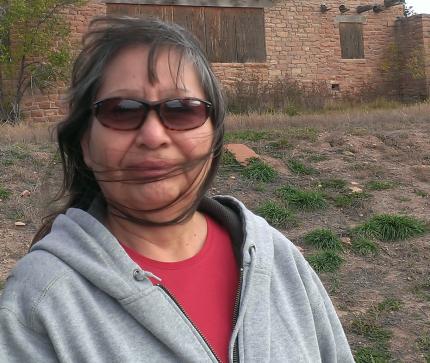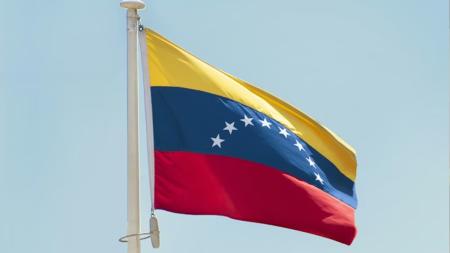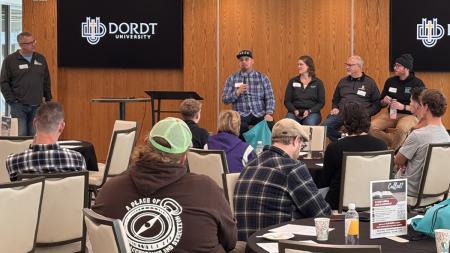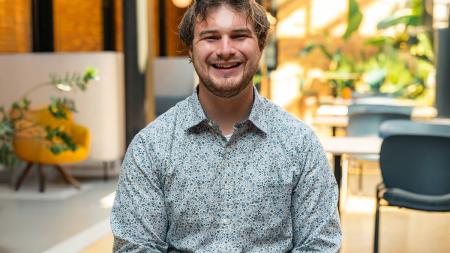Residential School Film Premiere

Susie Silversmith at the site of the former Kinlichee residential school.
Mark Charles
It has been a long road for Susie Silversmith to bring her video premiere to this year’s Inspire 2019 gathering on August 1-3 in Windsor, Ont.
At the age of six, she was sent to Kinlichee Boarding School, one of hundreds of Indian boarding schools (as they were called then) across the United States and Canada that were meant to “kill the Indian, save the man,” in the words of Carlisle Indian Industrial School founder Richard Pratt (see carlisleindianschoolproject.com/history/).
The Kinlichee school was not far from Silversmith’s family’s home in Ganado, Ariz., but it might as well have been in another world.
“We were training like we were in the military, with strict rules and a lot of punishment,” Silversmith said. “This was to strip the Navajo out of me to become a bilaaghiha,” she said, using the Navajo word for “white man.”
But she was not alone there. Her relationship with Creator God had begun with the teachings of her parents. “The Son of the Father or Creator came with me to the boarding school. At boarding school I felt his presence; I felt his hands holding me. I talked to him when I didn't have anyone to talk to or help me understand what all the pain and horror of being treated like a nothing, not even a human, was like. I believe he was there with me all the time, when I did not have my parents to love, care, or raise me as their child,” Silversmith said.
It has taken years of healing to be able to talk about her boarding school experience, but now Silversmith speaks about it to continue her healing and break the cycles of intergenerational trauma created by the Indian boarding schools and colonization.
Part of her healing and teaching included making a film, The Cutting of the Tsiiyéeł, which will make its CRC premiere at Inspire 2019.
In 2012, said Silversmith, she was able to tell her boarding school story to her granddaughters, and when the idea of making a film came up, their excitement convinced her to go ahead with it.
“I was so moved . . . that they got so excited about it and said they wanted to be in it,” she said.
Silversmith said that the Lord made a film crew available to go to the Navajo reservation on the spur of the moment.
“Rain, snow, or sunshine . . . The film crew didn't back out of filming for two days, which was awesome,” she said. “Creator was in it to do the film.”
The word tsiiyéeł in the film’s title refers to the traditional Diné (Navajo) way of binding hair into a bun. The practice carries deep significance in Diné culture, but often Native American children’s hair was cut when they arrived at boarding schools.
Silversmith hopes that hearing her story can be a learning opportunity for attendees of Inspire 2019.
“I would hope for people to learn the true history of the U.S. boarding school era. There is a lot to teach about it. First and foremost, how the U.S. government had planned to build boarding schools to completely change [our people]. . . . The Doctrine of Discovery had a lot to do with that. [Also,] how the churches came into the boarding school to change what I or my family believed. . . . Their theology and their numbers were important to them, so [they felt] they had to change us. As a little girl, I was so scared that this God was going to throw me into the lake of fire.”
These days Susie and her husband, Richard, are leaders at the Denver Christian Indian Center. Richard serves as a CRC commissioned pastor there.
Instead of the violent conversion she experienced at boarding school, Silversmith says she has now learned to worship Creator God in her own way. “I find hope and healing from my Creator, himself as I understand him. He is the Creator of us all. I believe in the Son of the Father or Creator as I understand him. He saves me from my sins, my Shi Boholniihii (“Lord”), the one in charge of me. He was with me ever since birth, and he especially was with me during my years in the U.S. boarding school.”
Susie’s video will premiere at Inspire 2019, a biennial conference for the Christian Reformed Church in North America, during free time on Friday afternoon, Aug. 2. More details will be shared in the Inspire program booklet.
This video premiere will not be the only learning opportunity available on the subject of Indigenous (Native American) justice and reconciliation. Other workshops include a binational Blanket Exercise; a workshop on Addressing Pain through Story; and a Standing Stones worship ceremony led by commissioned pastor Harold Roscher of the CRC’s Edmonton Native Healing Centre.
For a complete list of workshops planned for Inspire as well as summaries of the plenary speakers and worship team, please visit crcna.org/Inspire.


